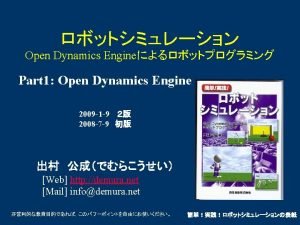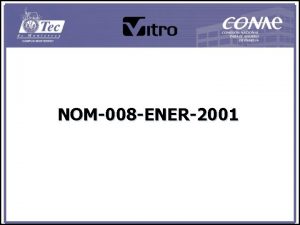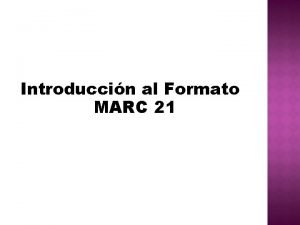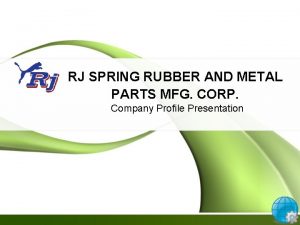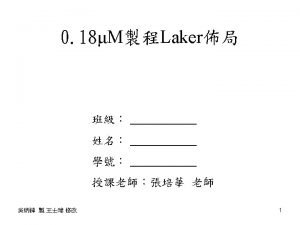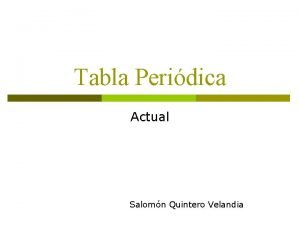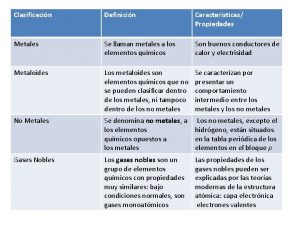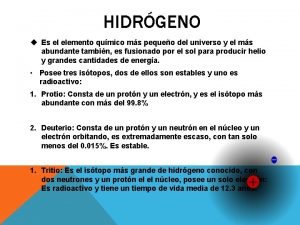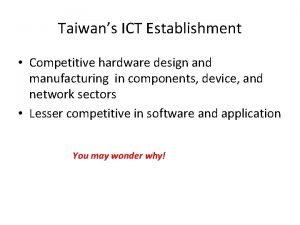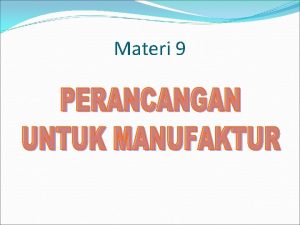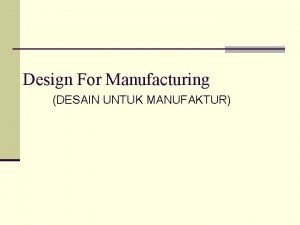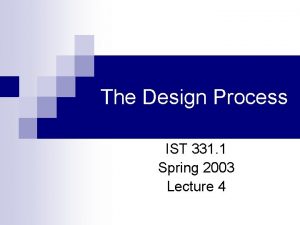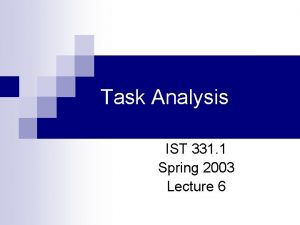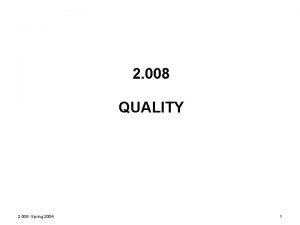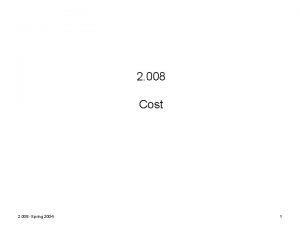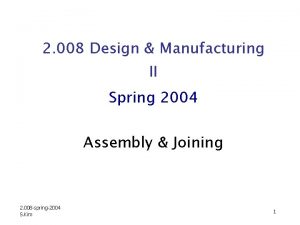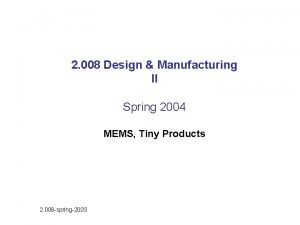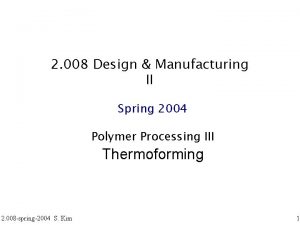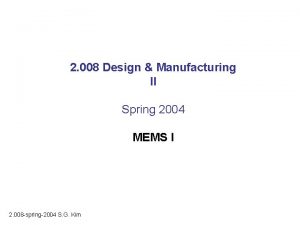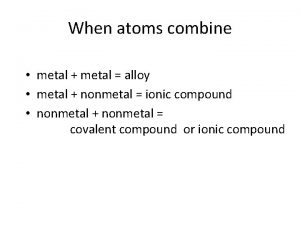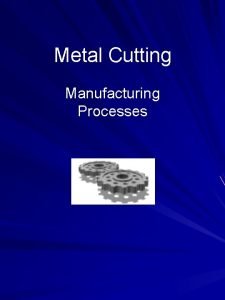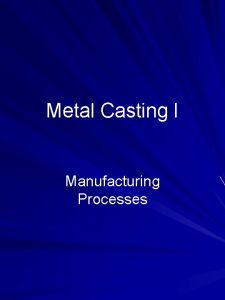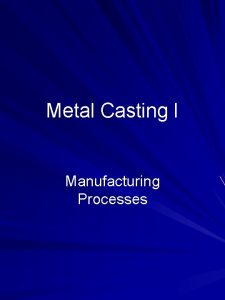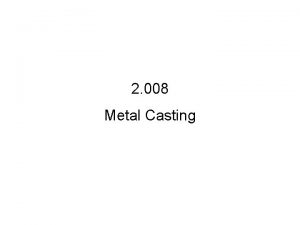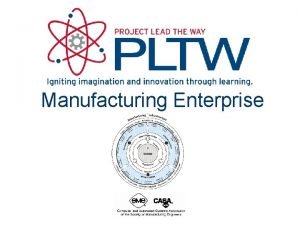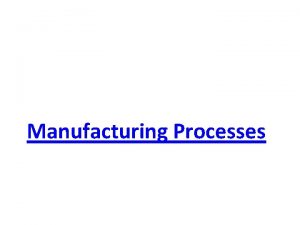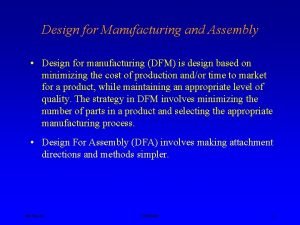2 008 Design Manufacturing II Spring 2004 Metal

































- Slides: 33

2. 008 Design & Manufacturing II Spring 2004 Metal Cutting II 2. 008 -spring-2004 S. Kim 1

Orthogonal cutting in a lathe Assume a hollow shaft Shear plane Shear angle T 0: depth of cut Rake angle 2. 008 -spring-2004 S. Kim 3

Cutting processes Objectives Product quality: surface, tolerance Productivity: MRR , Tool wear Physics of cutting Mechanics Force, power Tool materials Design for manufacturing 2. 008 -spring-2004 S. Kim 2

Velocity diagram in cutting zone Cutting ratio: r <1 2. 008 -spring-2004 S. Kim 4

E. Merchant’s cutting diagram Chip Tool Workpiece Source: Kalpajkian 2. 008 -spring-2004 S. Kim 5

FBD of Forces Friction Angle Chip Tool Typcially: 2. 008 -spring-2004 S. Kim Workpiece 6

Analysis of shear strain What does this mean: Low shear angle = large shear strain Merchant’s assumption: Shear angle adjusts to minimize cutting force or max. shear stress Can derive: 2. 008 -spring-2004 S. Kim 7

Shear Angle Chip Tool Workpiece Maximize shear stress Minimize Fc 2. 008 -spring-2004 S. Kim 8

Power input : Fc ⋅V => shearing + friction MRR (Material Removal Rate) = w. to. V Power for shearing : Fs⋅ Vs Specific energy for shearing : u = Power dissipated via friction: F⋅ Vc MRR Specific energy for friction : uf Total specific energy : us + uf Experimantal data 2. 008 -spring-2004 S. Kim 9

Cutting zone pictures continuous secondary shear BUE Primary shear zone serrated discontinuous Kalpajkian 2. 008 -spring-2004 S. Kim 10

Chip breaker Continuous chip: bad for automation Chip breaker Before Clamp Chip After Rake face of tool Tool Chip breaker Tool - Stop and go - milling Rake face Radius 2. 008 -spring-2004 S. Kim Positive rake 0’ rake 11

Cutting zone distribution Hardness Temperature Chip Temperature Hardness(HK ) Tool Workpiece Mean temperature: CVafb HSS: a=0. 5, b=0. 375 2. 008 -spring-2004 S. Kim 12

Built up edge What is it? Why can it be a good thing? Why is it a bad thing? Thin BUE How to avoid it… • Increasing cutting speed • Decreasing feed rate • Increasing rake angle • Reducing friction (by applying cutting fluid) 2. 008 -spring-2004 S. Kim 13

Tools HSS (1 -2 hours) -High T -High σ -Friction -Sliding on cut surface Inserts 2. 008 -spring-2004 S. Kim 14

Tool wear up close Depth of cut line Wear land Flank wear Crater wear Rake face Cutting edge Crater wear Flank face Flank wear 2. 008 -spring-2004 S. Kim 15

Taylor’s tool wear relationship (flank wear) F. W. Taylor, 1907 T = time to failure (min) V = cutting velocity (fpm) Tool life (min) Workpiece hardness fpm 2. 008 -spring-2004 S. Kim d = depth of cut f = feed rate Optimum for max MRR? 16

Taylor’s tool life curves (Experimental) m/min Coefficient n varies from: As n increases, cutting speed can be increased with less wear. Given that, n=0. 5, C=400, if the V reduced 50%, calculate the increase of tool life? 2. 008 -spring-2004 S. Kim Cutting speed (ft/min) Log scale 17

What are good tool materials? Hardness wear temperature Toughness fracture 2. 008 -spring-2004 S. Kim 18

History of tool materials High-speed steel Cast cobalt-base alloys Cemented carbides Improved carbide grades First coated grades First double-coated grades First triple-coated grades Year Hot hardness wear resistance Machining time (min) Carbon steel Diamond, cubic boron nitride Aluminum oxide (HIP) Aluminum oxide+30% titanium carbide Silicon nitride Cermets Coated carbides Carbides HSS Strength and toughness Trade off: Hardness vs Toughness wear vs chipping 2. 008 -spring-2004 S. Kim 19

HSS High-speed steel, early 1900 Good wear resistance, fracture resistance, not so expensive Suitable for low K machines with vibration and chatter, why? M-series (Molybdenum) Mb (about 10%), Cr, Vd, W, Co Less expensive than T-series Higher abrasion resistance T-series (Tungsten 12 -18%) Most common tool material but not good hot hardness 2. 008 -spring-2004 S. Kim 20

Carbides Hot hardness, high modulus, thermal stability Inserts Tungsten Carbide (WC) (WC + Co) particles (1 -5 µ) sintered WC for strength, hardness, wear resistance Co for toughness Titanium Carbide (Ti. C) Higher wear resistance, less toughness For hard materials Uncoated or coated for high-speed machining Ti. N, Ti. CN, Al 2 O 3 Diamond like coating Cr. C, Zr. N, Hf. N 2. 008 -spring-2004 S. Kim 21

Crater wear Diffusion is dominant for crater wear A strong function of temperature Chemical affinity between tool and workpiece Coating? Crater wear 2. 008 -spring-2004 S. Kim 22

Multi-phase coating Custom designed coating for heavy duty, high speed, interrupted, etc. Ti. N low friction Al 203 thermal stability Ti. CN wear resistance Carbide substrate hardness and rigidity 2. 008 -spring-2004 S. Kim 23

Ceramics and CBN Aluminum oxide, hardness, high abrasion resistance, hot hardness, low BUE Lacking toughness (add Zr. O 2, Ti. C), thermal shock Cold pressed and hot sintered Cermets (ceramic + metal) Al 2 O 3 70%, Ti. C 30%, brittleness, $$$ Cubic Boron Nitride (CBN) 2 nd hardest material brittle Polycrystalline Diamond 2. 008 -spring-2004 S. Kim 24

Range of applications High 2. 008 -spring-2004 S. Kim 25

Chatter Severe vibration between tool and the workpiece, noisy. In general, self-excited vibration (regenerative) Acoustic detection or force measurements Cutting parameter control, active Tool control Variable chip thickness Workpiece 2. 008 -spring-2004 S. Kim 26

Turning parameters MRR = π Davg. N. d. f N: rotational speed (rpm), f: feed (in/rev), d: depth of cut (in) l; length of cut (in) Cutting time, t = l / f N Torque = Fc (Davg/2) Power = Torque. Ω 1 hp=396000 in. lbf/min = 550 ft. lbf/sec Example 6 inch long and 0. 5 in diameter stainless steel is turned to 0. 48 in diameter. N=400 rpm, tool in traveling 8 in/min, specific energy=4 w. s/mm 2=1. 47 hp. min/in 3 Find cutting speed, MRR, cutting time, power, cutting force. 2. 008 -spring-2004 S. Kim 27

Sol. Davg=(0. 5+0. 48)/2= 0. 49 in V=π. 0. 49. 400 = 615 in/min d=(0. 5 -0. 48)/2=0. 01 in F=8/400=0. 02 in/rev MRR=V. f. d=0. 123 in 3/min Time to cut=6/8=0. 75 min P=1. 47 x 0. 123 = 0. 181 hp=Torque x ω 1 hp=396000 in-lb/min T=P/ω=Fc. (Davg/2) Then, Fc=118 lbs 2. 008 -spring-2004 S. Kim 28

Drilling parameters MRR: Power: specific energy x MRR Torque: Power/ω A hole in a block of magnesium alloy, 10 mm drill bit, feed 0. 2 mm/rev, N=800 rpm Specific power 0. 5 W. s/mm 2 MRR Torque 2. 008 -spring-2004 S. Kim 29

Sol MRR=π (10 x 10/4 ). 0. 2. 800 =210 mm 3/s Power = 0. 5 W. s/mm 2. 210 mm 3/s =105 W = 105 N. m/s = T. ω =T 2π. 800/60 =1. 25 N. m 2. 008 -spring-2004 S. Kim 30

Milling Slab milling Face milling End milling Arbor Cutter Spindle Shank Spindle End mill Arbor Chip continuous? 2. 008 -spring-2004 S. Kim 31

Milling parameters (slab) Parameters: Cutting speed, V=πDN tc, chip depth of cut d; depth of cut f; feed per tooth v; linear speed of the workpiece n; number of teeth t; cutting time, w; width of cut approximation MRR wdv Torque: Power/ω Power: sp. Energy x MRR 2. 008 -spring-2004 S. Kim 32

DFM for machining Geometric compatibility Dimensional compatibility Availability of tools Drill dimensions, aspect ratio Constraints Process physics Deep pocket Machining on inclined faces Set up and fixturing Tolerancing is $$$ Minimize setups 2. 008 -spring-2004 S. Kim Hole with large L/D ratio. Sharp corners. Undercut Internal recesses Different blind hole. Requires two setups. Unrnachinable screw threads. 33
 Manufacturing cost vs non manufacturing cost
Manufacturing cost vs non manufacturing cost Job costing vs process costing examples
Job costing vs process costing examples Manufacturing cost vs non manufacturing cost
Manufacturing cost vs non manufacturing cost Manufacturing cost vs non manufacturing cost
Manufacturing cost vs non manufacturing cost Additively
Additively Log11 1331
Log11 1331 Ode-008
Ode-008 Apalatumide
Apalatumide Log 25 0 008
Log 25 0 008 31206-mbe-008
31206-mbe-008 Nom 008 ener 2001
Nom 008 ener 2001 Marc 21 008
Marc 21 008 Spring, summer, fall, winter... and spring (2003)
Spring, summer, fall, winter... and spring (2003) Months of autumn
Months of autumn Rj spring rubber and metal parts
Rj spring rubber and metal parts Diagram states of matter
Diagram states of matter Metals vs nonmetals properties
Metals vs nonmetals properties Acidity trends periodic table
Acidity trends periodic table Difference between metal oxides and non metal oxides
Difference between metal oxides and non metal oxides Deep nwell
Deep nwell Uses for non metals
Uses for non metals Substances
Substances When a metal reacts with a nonmetal the metal will
When a metal reacts with a nonmetal the metal will Periodo y grupo
Periodo y grupo Chemical bond def
Chemical bond def Oxigeno caracteristicas y propiedades
Oxigeno caracteristicas y propiedades Examples of metal
Examples of metal Hidrgeno
Hidrgeno Competitive hardware industrial park
Competitive hardware industrial park Contoh design for manufacturing
Contoh design for manufacturing Design for manufacturing adalah
Design for manufacturing adalah Ist 331
Ist 331 Analysisist
Analysisist Steel roof frame design
Steel roof frame design






